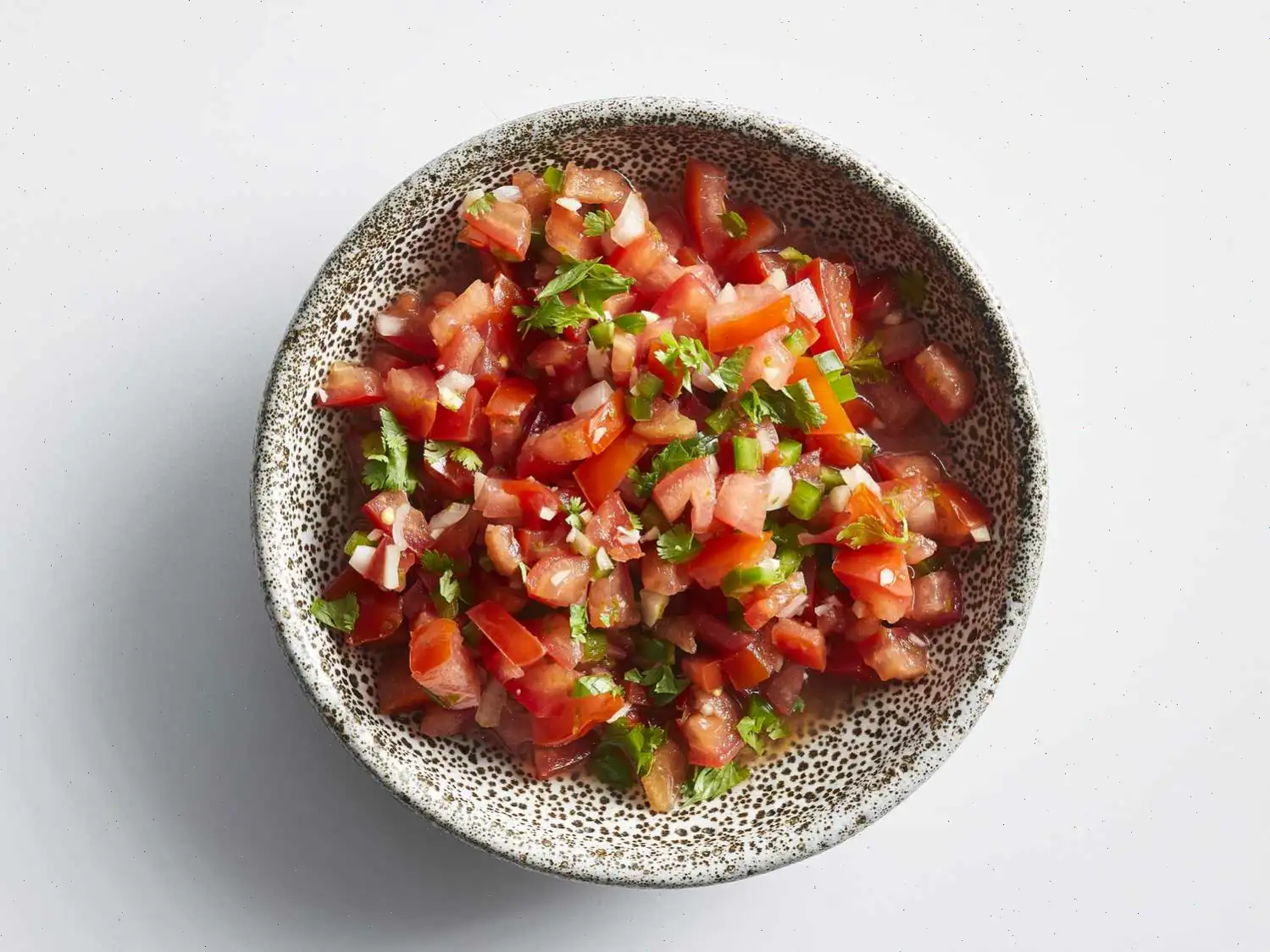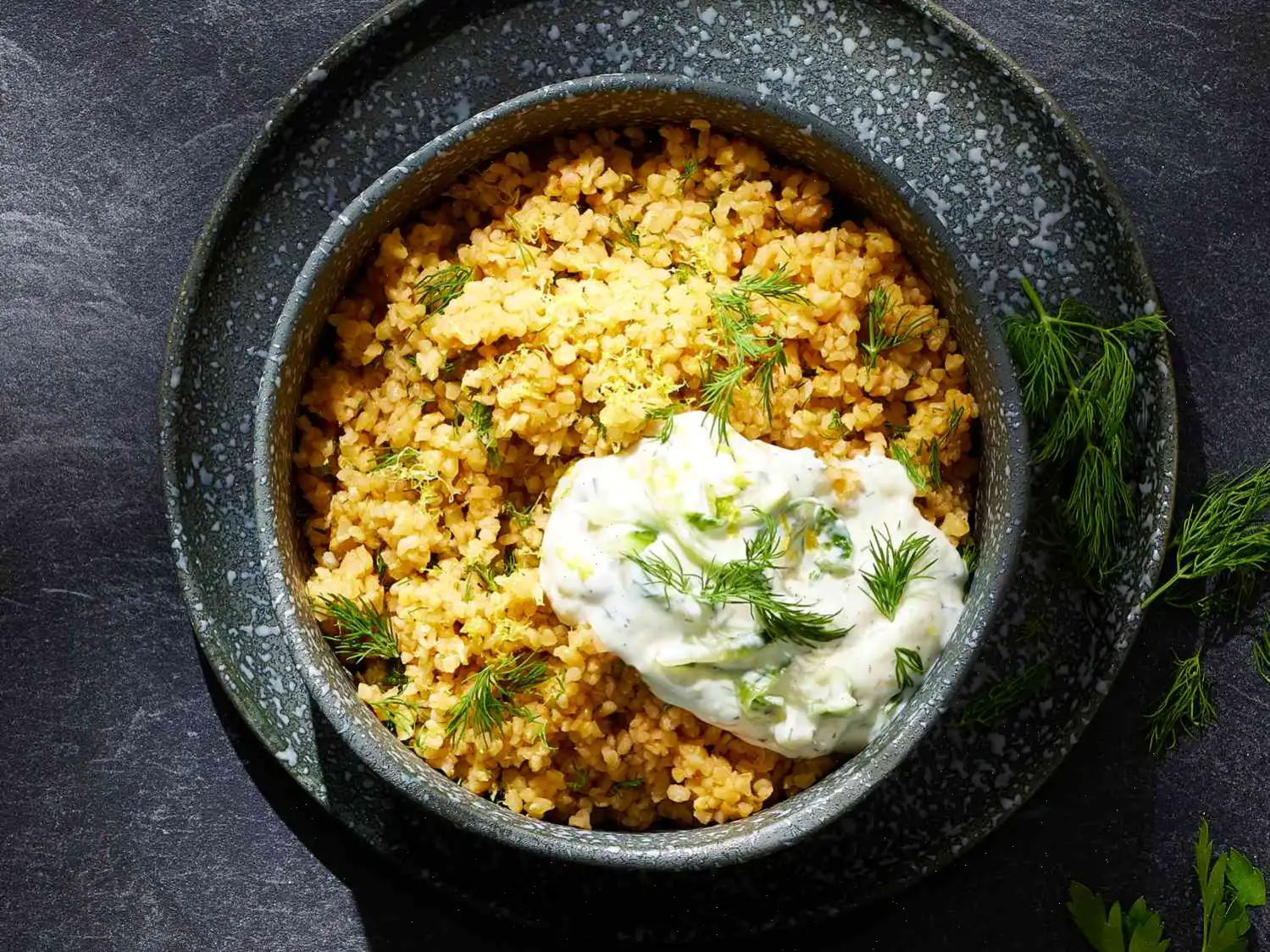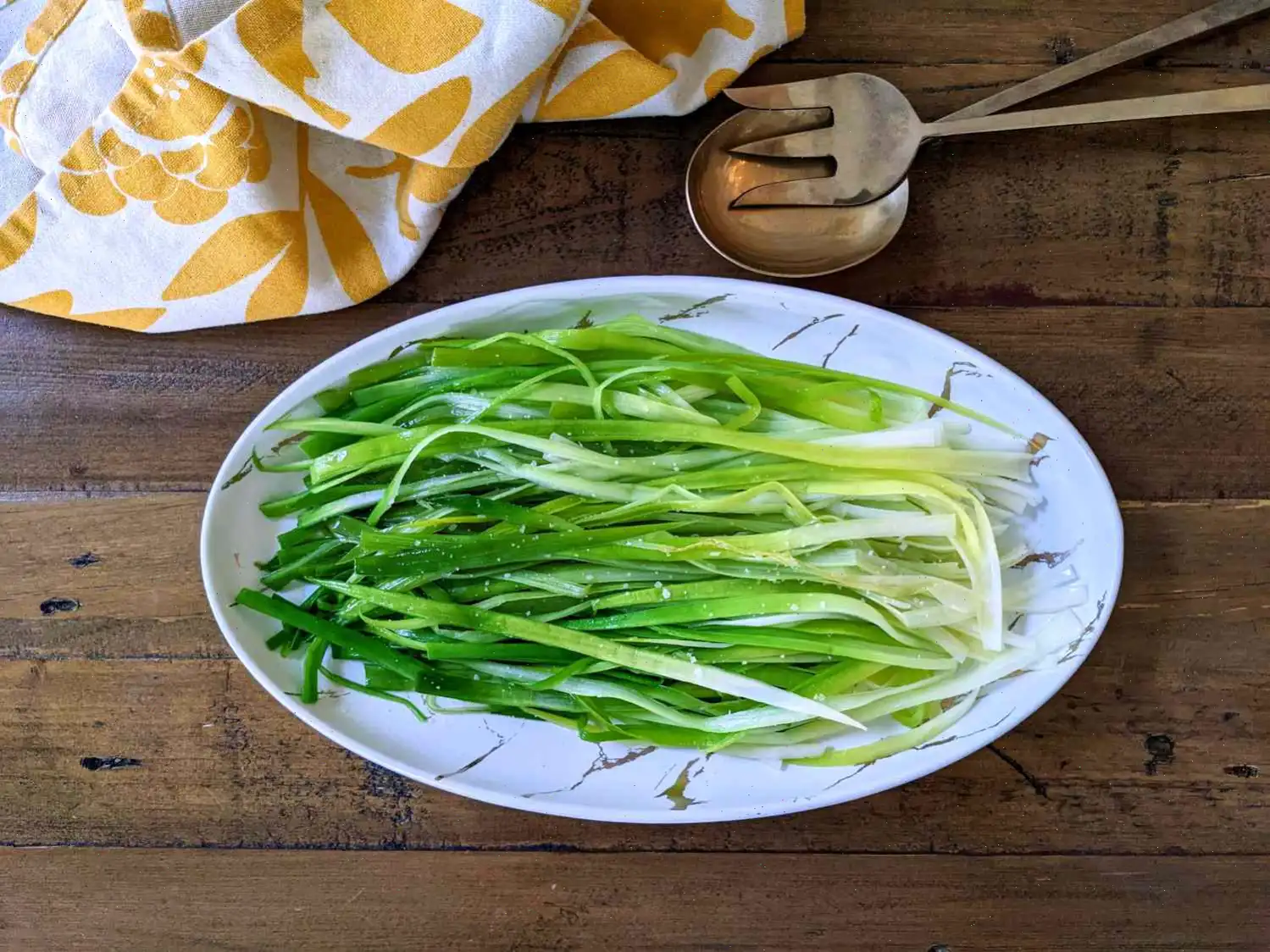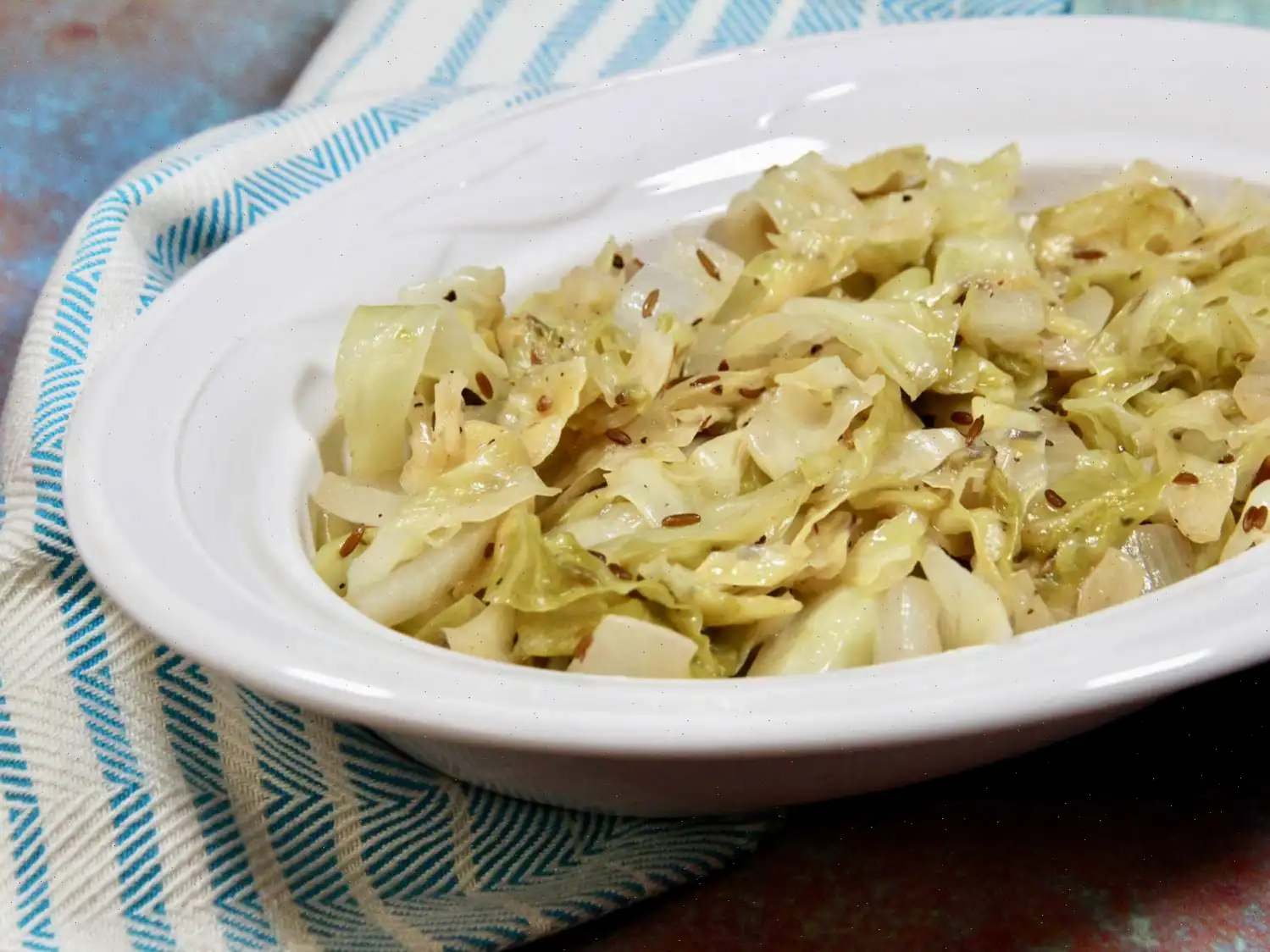
Classic Pico de Gallo Recipe
Ingredients
- 1 3/4 cups finely chopped roma tomatoes
- 2 tablespoons finely chopped onion
- 2 tablespoons chopped fresh cilantro
- 1 small fresh jalapeo pepper, seeded and finely chopped
- 1/2 teaspoon lime zest
- 1 tablespoon lime juice
- 1 clove garlic, minced
- 1/4 teaspoon salt
Directions
- In a medium bowl, combine the chopped tomatoes, onion, cilantro, jalapeo, lime zest, lime juice, minced garlic, and salt.
- Stir everything together until well mixed.
- Cover the bowl and refrigerate for at least 1 hour, or up to 4 hours, to allow the flavors to meld.
Nutrition Facts (per serving)
| Nutrient | Amount | % Daily Value |
|---|---|---|
| Calories | 14 | |
| Total Fat | 0g | 0% |
| Saturated Fat | 0g | 0% |
| Cholesterol | 0mg | 0% |
| Sodium | 70mg | 3% |
| Total Carbohydrate | 3g | 1% |
| Dietary Fiber | 1g | 3% |
| Total Sugars | 2g | |
| Protein | 1g | 1% |
| Vitamin C | 10mg | 11% |
| Calcium | 10mg | 1% |
| Iron | 0mg | 1% |
| Potassium | 140mg | 3% |
Note: Percent Daily Values are based on a 2,000-calorie diet. Your daily values may vary depending on your calorie needs.
Disclaimer: Nutrient information is not available for all ingredients. Amounts are based on available nutrient data. If you're following a medically restrictive diet, please consult your doctor or dietitian before preparing this recipe for personal consumption.
Classic Pico de Gallo is one of the most iconic and beloved salsas in Mexican cuisine. A refreshing blend of tomatoes, onions, cilantro, jalapeos, and lime juice, it is the perfect accompaniment to many dishes. This simple yet flavorful salsa has become a staple in Mexican kitchens and restaurants worldwide. But how did this dish come to be, and what makes it so special?
History and Origins
Pico de Gallo, which translates to "beak of the rooster," has a name that might sound curious to some. The origin of the name is often debated, but it is believed to have been inspired by the way people traditionally eat it with their fingers, "pecking" at it like a rooster. The dish's roots lie deep in Mexican culinary history, with variations of fresh salsas existing in the pre-Columbian era, made with locally available ingredients like tomatoes, chili, and herbs. While the modern version of Pico de Gallo is thought to have emerged in the rural regions of central Mexico, it has spread far beyond its place of origin, becoming a universally recognized salsa in global cuisine.
Regional Variations
While the classic recipe remains unchangedprimarily featuring tomatoes, onions, cilantro, lime, and chiliesthere are several regional variations across Mexico. In some areas, you might find extra ingredients like cucumber, mango, or pineapple, adding a sweet and tangy twist. In coastal regions, for instance, pico de gallo might include fresh seafood like shrimp or fish, offering a refreshing balance to seafood dishes. The heat level can also vary, with some regions opting for spicier peppers such as serrano or habanero, instead of the more mild jalapeo.
What Makes Pico de Gallo Different?
Pico de Gallo stands out from other types of salsa, such as cooked salsas or smoother, blended salsas, due to its chunky texture and raw ingredients. Unlike other salsas that are often pureed, Pico de Gallo is made from finely chopped, fresh ingredients, making it more vibrant and crunchy. This raw preparation also preserves the natural flavors of the vegetables, giving it a fresh and bright taste. Another distinguishing feature is the use of lime zest, which adds a citrusy note that is not typically found in other types of salsa.
Where is Pico de Gallo Served?
Pico de Gallo is incredibly versatile and can be served with a variety of dishes. It is often used as a topping or side dish for tacos, burritos, quesadillas, and nachos. Additionally, its commonly served alongside grilled meats, such as carne asada or chicken, enhancing the smoky flavors with its zesty and fresh kick. In many Mexican households, Pico de Gallo is served as an appetizer with tortilla chips or as a refreshing accompaniment to a summer meal. Its light and tangy flavor profile make it a perfect addition to outdoor barbecues and fiestas.
Fun Facts About Pico de Gallo
- Despite being called "salsa," Pico de Gallo is technically a "salsa fresca" or "fresh salsa" because it is not cooked or blended.
- Some believe that the dish's name comes from the tradition of eating it by hand, as the chunks of ingredients make it easy to scoop up with fingers, much like a rooster pecking at food.
- Pico de Gallo is often included in "tacos de guisado" (stewed meat tacos) as a topping, providing a fresh contrast to the cooked meats.
- While Pico de Gallo is often associated with Mexican cuisine, similar fresh salsas exist in other Latin American countries, including "salsa criolla" in Argentina and "chimichurri" in parts of South America.
Whether youre using it as a topping for your favorite Mexican dish or simply enjoying it with tortilla chips, Pico de Gallo offers a fresh, flavorful punch that is sure to brighten up any meal.
FAQ about Classic Pico de Gallo Recipe
Comments
Thomas Thompson
05/08/2023 09:59:00 AM
This pico de gallo tastes incredibly fresh and is a breeze to prepare.
Pamela Green
08/07/2024 11:31:31 PM
This recipe is so versatile and customizable to suit your own taste. I decided to throw in an extra tablespoon of onion and cilantro, and I'm thinking of adding more garlic and jalapeños next time. It really elevated our steak tacos for dinner tonight! Appreciate you sharing this fantastic recipe!








